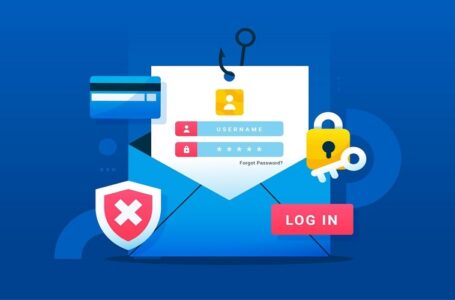RAVER Launches – Revolutionizes Social Media Marketing with AI-Powered Content Creation
5 Tips for Writing Better Cold Emails That Get Responses

Even in the age of social media, emails remain a formidable force. Cold emailing potential customers can boost sales, sign-up rates, and website conversions for your niche or small business. It needs more than just sending one straightforward or protracted email to prospective clients because not all cold emails are effective enough to elicit a response. Learn how to take advantage of cold emails by reading on.
When are Cold Emails Useful to You?
An email intended to initiate interaction is known as a cold email. It is chilly because it frequently represents your first interaction with a prospective client, who is likely unfamiliar with the company, item, or service you may be providing. Therefore, when are cold emails useful?
During the early stages of operating a small online business, cold emails are helpful. As you develop and thrive, using cold emails might help you reach a wider audience. The objective would be to increase conversion rates and broaden your consumer base.
How to Get More Responses from Cold Emails
It can be tricky to get responses from cold emails though. You likely have hundreds, if not thousands, of emails in your inbox that you signed up for but don’t read – they may even be filtered directly into your spam folder. Listed below are a few actions you can take as a powerful small online business owner to use cold emails to get responses and avoid the junk folder.
1. Write a Call to Action
It would surprise you how many people forget to write a call to action. Usually, an email begins with a greeting. You can create a template and personalize it for each email recipient by adding their names to the template space. Once a quick greeting is out of the way, write an email with a purpose – tell your reader why they should keep reading. This could be to introduce a new topic or idea or to push sales.
You should then add a call to action at the very end of your email, which should be kept short, by the way. What do you want your audience to do to fulfill the purpose? Without an explicit and clear call to action, the reader will not know your purpose. So, go ahead, tell them to visit your website and include a link. Ask them to schedule a free consultation with you – whatever action you feel will best serve your business.
2. Always Sign Off with Contact Information
How will your readers and potential customers know how to contact you without linked contact information? The whole point of cold emailing is to get a reply and an interested customer on board with your business.
To do this, don’t forget to sign off politely. Experts recommend creating a signature at the bottom of each email that is copied with each reply and cc. Add information like the link to the website, your email, phone number, office address, and any social media sites linked to your business.
3. Keep Paragraphs Short and Sweet
Our capacity for sustained attention has decreased. Your email can get lost in a sea of daily emails that number in the hundreds. Because of this, try to make your paragraphs as succinct and concise as you can.
Fast Company conducted a study and found that the ideal length for emails is less than 900 characters. Out of the 1,000 cold emails they sent, the business found that shorter emails with less than 1,000 characters had higher click-through rates and responses.
4. Write a Clear and Catchy Subject Line
The subject line is what your reader and the potential new customer see immediately. Write a clear and catchy subject line that is short and yet straight to the point! According to a study done by Convince and Convert, subject lines should be kept at 45 characters or shorter to receive a reaction from readers.
This study specifically found that there was an open rate of 44% when a subject line was between 3-12 characters. If you want to add a touch of personalization, like adding the email recipient’s name, this can also increase click rates!
5. Quality vs. Quantity
Although some might believe that sending more cold emails is ideal, what matters is quality. Reiterating the same information too often may cause customers to lose interest in the business.
Conclusion
Cold emails’ dependability and usefulness can be improved by a variety of things. Use personalisation in cold email marketing to boost click-through rates and accomplish your small company owner objectives. Keep your emails succinct and to the point since this is another way to attract clients and possible investors to your good or service. A reader may become disinterested or become overwhelmed with too much information. A compelling subject line is essential when writing cold emails.




